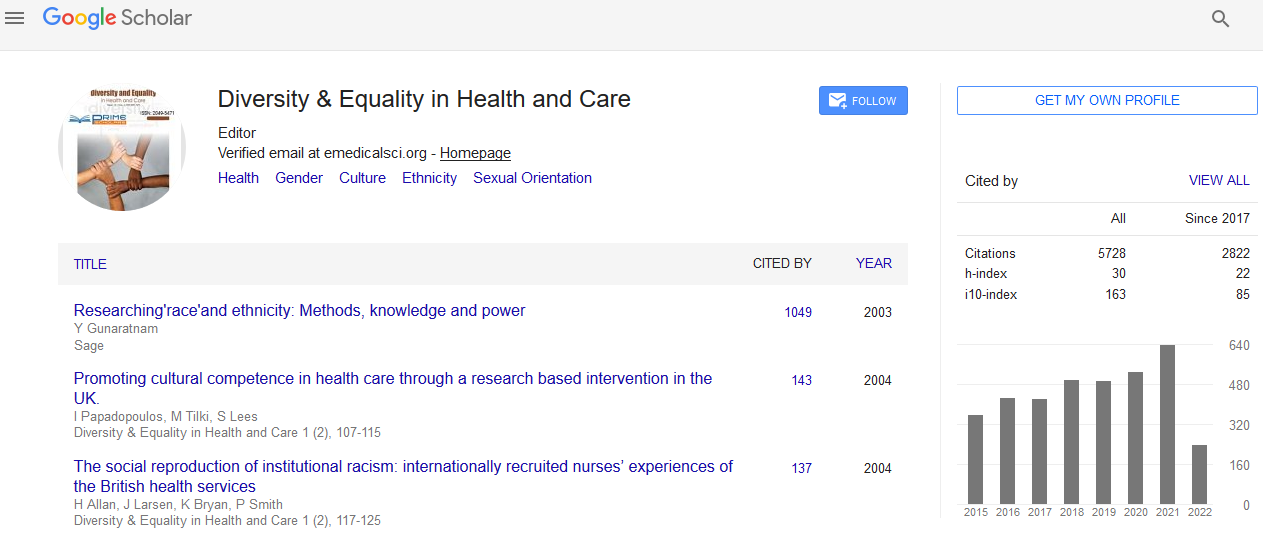I have an extraordinary friend. When I first came to
know her, I was doing research and she was running
one of the UK’s foremost human rights organisations.
I would sit in her office, clutching my notebook as she
fielded calls from public figures and prepared for select
committee briefings. That was 10 years ago, when she
was 74. Today, she still works seven days a week,
defending the vulnerable, and inspiring individuals
all over the world who shower her with honorary
degrees and fight to come and work with her. Recently
I asked this woman, who set up her first charity at the
age of 67, if she had ever considered retirement. She
laughed, shaking her improbably red hair. ‘Don’t be
ridiculous’, she said, ‘What would I do?’
She worries me. Now in her mid-80s, her punishing
70-hour week is beginning to take its toll. Sometimes
she takes Sundays off in reluctant deference to her age.
The time will comewhen her indomitable spiritwill be
failed by her body, or when, just like the rest of us, she
is involved in an accident or develops an acute illness.
Unlike me, a less than sprightly 44-year-old, her
status will change the moment she is admitted to a
hospital bed. Her age, lit as if by neon over her head,
will determine the kind of treatment that she will
receive. Unlike me, when she falters, stumbles over a
word or getsmuddled, she will instantly be regarded as
cognitively impaired rather than tired, scared, or both.
If she deteriorates, the onus will be on her to prove
that she qualifies for intensive care. She will have to
convince strangers, in her hour of greatest need and
when she is at her most vulnerable, that she is in some
way worthy of further treatment because of an accident
of birth, namely the date of hers. It is a far cry
from the ageless care that was promoted in the
National Service Framework for Older People (Department
of Health, 2001).
Recently, I looked after a woman of the same age,
and maybe more or maybe less marvellous than my
amazing friend. I have no idea, because when I first
met her, shewas already beneath a continuous positive
airway pressure (CPAP) mask. I do know that, when
we took off the mask and gave her a drink, she smiled
and whispered her thanks. I know that she had a son,
and that she lived alone but had a wide circle of
friends. I know that she was a person, with all the aspirations, desires, interests and hopes that everyone
has. I know, too, that she was deteriorating.
I was involved because she was at the centre of a
bitter three-way fight. She had been on the CPAP,
which is likened to the experience of flying in a jet
fighter plane, for 4 hours and was not stabilising. The
nurses on the critical care outreach team wanted her to
be transferred to the intensive-care unit for ventilation,
but the ITU registrar on call refused the referral
because he felt that she did not qualify for ventilation,
and he suggested a referral to the respiratory team. The
respiratory team refused to see her, and said that the
ITU registrar should take over her care.
Meanwhile she continued to gasp and struggle to
breathe beneath her CPAP mask. After an hour the
geriatric registrar tried calling the medical registrar,
hoping for back-up, but he also declined to become
involved. Another hour passed and the ITU registrar
was called again. Once more he refused to see the
patient until she had been seen by the respiratory
team. The on-call Director of Operations was called
and the head of intensive care was asked to see the
patient. Another hour of waiting ensued before he saw
her. All the time she gasped and smiled her thanks and
weakened.
When she was finally seen, 8 hours into her CPAP,
she was deemed unfit for transfer. When we asked why
she could not be stabilised on the ward and then
transferred to the ITU, we were told that she still did
not qualify for ventilation and that it would be better
to wait and see how she got on. She laboured for
another 12 hours before she stopped breathing and
therefore qualified for ventilation. She died 2 hours
after her admission to intensive care.
Afterwards, in the post-event review, which was
resisted at first, the reason for the reluctance to
ventilate this patient earlier seemed to stem from a
comment that ‘I wouldn’t want to die that way.’ It
seemed that from the moment her grey hair and
wrinkled skin had been noted, there was an assumption
that she was going to die anyway regardless of the
fact that she was being treated quite aggressively. I
don’t think that the patient thought she was going to
die; I think that she fought and gasped on CPAP for 20
hours because she wanted to live.
The doctors who engaged in this turf war are not
bad people, and would probably be appalled if they
were accused of being discriminatory. They will have
convinced themselves that fobbing her off on to someone
else was in her best interests, and that refusing her
ventilation was kinder really. One of them even said
‘She probably wouldn’t have survived anyway.’ Maybe
not, but had she been 20 years younger, she would
have been given the chance.
I appreciate that hard choices often have to be made
when a person becomes very ill. Sometimes the decision
to persist with treatment when a patient is
extremely frail and has a poor quality of life is morally
ambiguous. However, so often this is not the case.
Treatment is not even considered because the attitude
which persists towards people in their eighties is that
they are at the end of their life, and that illness,
however acute and however reversible, is just an
inevitable consequence of the years.
We work so hard to avoid value judgements in
clinical decision making. We all know just what a
slippery slope that would be. We believe that we treat
everyone without discrimination, regardless of who
they are or what they might become. We treat
tomorrow’s murderers and thieves as well as
tomorrow’s scientists and writers, and that is absolutely
right. However, we still look at someone in their
80s and think ‘end’ rather than ‘beginning.’ It is a
hopelessly outdated paradigm based on the notion of
‘threescore years and ten’, and is consistent with the
findings of a recent report from the Centre for Policy
on Ageing which suggested that the key to eliminating
age discrimination in the NHS will be about raising awareness of ageist attitudes (Lievesley et al, 2009).
The majority of the evidence suggests that age discrimination
mainly disadvantages older people (Carruthers
and Ormondroyd, 2009). However, the world and
medicine in particular have moved on, and attitudes
need to catch up. We must embrace the reality of our
future, which is a world with older people in it, older
people who will live longer, work longer and will
rightly expect the same clinical commitment from us
as a younger person receives. Were we to fail in this for
any other reason, for example, on the basis of colour,
religion or disability, there would be an outcry.
References
- Carruthers I and Ormondroyd J (2009) Achieving AgeEquality in Health and Social Care: a report to the Secretaryof State for Health. www.dh.gov.uk/en/Publicationsandstatistics/Publications/PublicationsPolicyAnd Guidance/DH_107278
- Department of Health (2001) National Service Frameworkfor Older People. www.dh.gov.uk/en/Publications andstatistics
- Lievesley N et al (2009) Ageism and Discrimination inSecondary Health Care in the UK. London: Centre for Policy on Ageing. www.cpa.uk/reviews

